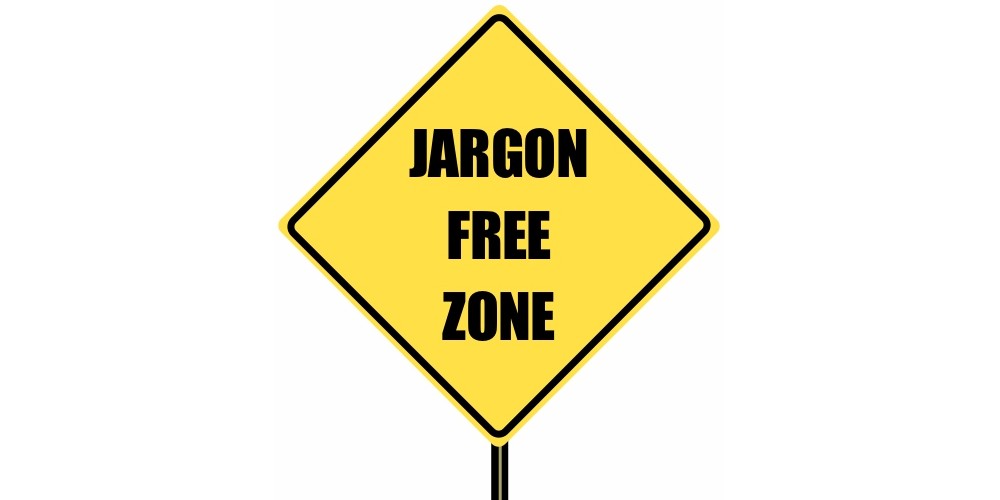Since the two tragic automated gate deaths of 2010, there is an enhanced awareness of the dangers associated with an unsafe gate and indeed, an improved appetite to understand what steps need to be taken to establish a safe and compliant installation.
Following the guidance set down in the formal British Standards which provides the basis for any risk assessment, is widely acknowledged as the correct route to take towards achieving a safe gate. The question is, does every installer have access to all of the guidance? And even if they do, do they understand it?
BS EN 12453, which is the supporting standard on safeguarding refers to:
‘installing sensitive equipment (PSPE or ESPE)’
So what on earth is PSPE or ESPE? PSPE stands for pressure sensitive protection equipment. ESPE stands for electro-sensitive protective equipment. Are you any the wiser?
At Gate Safe we prefer to use plain English. Our interpretation of this stand would be
‘installing equipment such as pressure edges or photocells’.
BS EN 12453 also refers to the ‘hold to run’ control (most installers would refer to this as a dead-man operation) states:
‘the overrun distance of the door leaf after the control has been released, shall be not>50mm when the opening gap is <500mm’
Confused?
In layman terms this means that when the signal to open or close the gate stops, the gate should stop in 50 mm if the gate is closer than 500 mm to reaching the end of its travelling distance. Better?
Again, BS EN 12453 which details safeguarding and crushing states:
‘the reversing function if provided, can be excluded as soon as the closing gap is <25mm for a horizontally moving door’
We think it is more straightforward to simply say that the sliding gate does not have to reverse in the last 25mm of its travel.
To maximise uptake on the steps that need to be taken to deliver a safe automated gate, surely there is a fundamental requirement to deliver any guidance in a language that is easy to not only understand, but in a format, that makes it possible to retain that information. Ideally this knowledge will also be shared with other members of the team prior to them undertaking the formal training. What is the point in learning technical standards if you don’t know what they mean, and therefore, you can’t apply them?
Gate Safe has always sought to de-mystify the technical jargon referred to in the standards and to offer practical guidance using simple terms that are universally understood. The popularity of our training is built on the premise that you can only help to improve someone’s knowledge if they are able to appreciate what it is that you are trying to tell them. Delegates who attend the course regularly refer to the ‘clear, concise information’ and ‘the fact that ‘information was presented in an easy to understand format’.
Don’t forget the standards don’t satisfy the legal requirements so use them as a basis for your risk assessment not assume conformity with legislation.
I end this blog with a perfect example of technical gobbledygook which, despite over 40 years in the industry and six years of leading the Gate Safe campaign, I’m still at a loss as to what it means!
‘the spring shall have a spring ratio of 500N/mm and the rising/falling time of the amplifier shall not be > 5ms’
Needless to say, this does not feature in our training materials!
